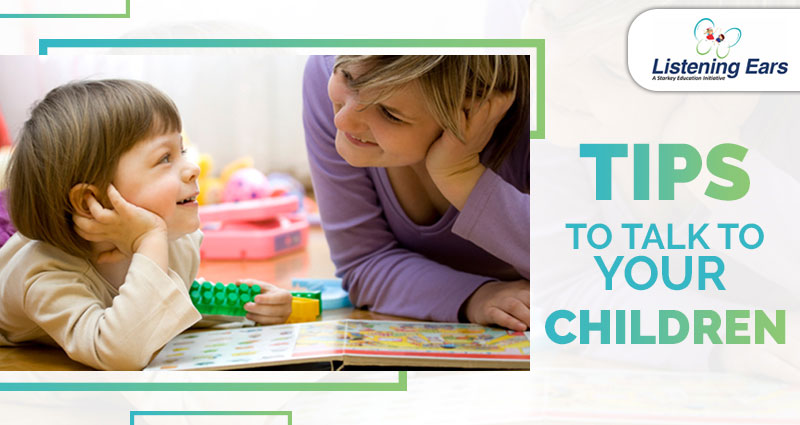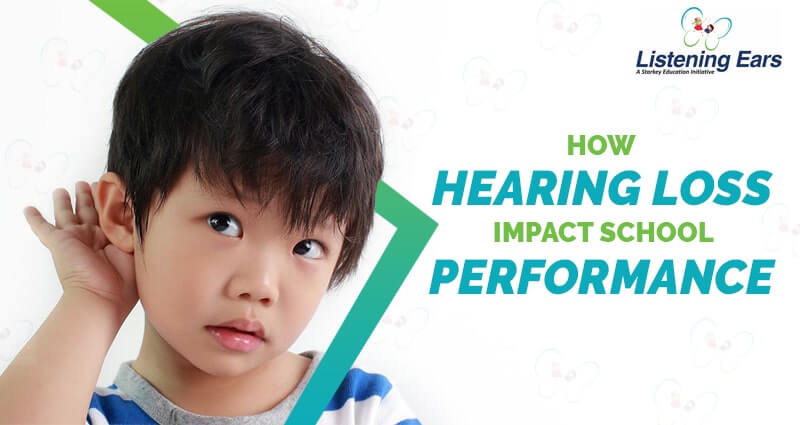Hearing Impairment and Tips for Teachers
Dyspraxia
January 2, 2017How Trained Dogs are Helping the Hearing Impaired
January 9, 2017Providing classroom adaptations and implementing communication strategies will ensure success for students who are deaf or hard of hearing.
Following is a guide to help you adapt your classroom, utilize visual aids, create effective communication methods, and monitor student progress throughout the year.
Classroom Adaptations
- A few easy steps can be taken to ensure the classroom is suitable for hearing impaired students. When possible, turn off equipment that creates background noises, such as fans and projectors, when not in use. Eliminating extra noise helps students with hearing impairments focus on the class lecture and assignments. Remember that hearing aids amplify every sound, including tapping pencils and air conditioners. Area rugs, heavy curtains and tennis balls on chair bottoms can also eliminate a great deal of extraneous noise.
Communication Considerations
Effective communication is vital with a hearing impaired student to ensure student success. Since many hard of hearing students rely on lip-reading, at least partially, it is important to keep a few points in mind when you are teaching.
- Look directly at the student and face him or her when communicating or teaching.
- Say the student’s name or signal their attention in some way before speaking.
- Assign the student a desk near the front of the classroom, or where you plan to deliver most of your lectures.
- Speak naturally and clearly. Remember speaking louder won’t help.
- Do not exaggerate your lip movements, but slowing down a little may help some students.
- Use facial expressions, gestures and body language to help convey your message, but don’t overdo it.
- Some communication may be difficult for the hard of hearing student to understand. Explicitly teach idioms and explain jokes and sarcasm.
- Young hearing impaired children often lag in the development of social graces. Consider teaching specific social skills such as joining in to games or conversation, maintaining conversations, and staying on topic.
- Male teachers should keep moustaches well groomed.
Remember some strategies and techniques work for some students while other students are successful using other techniques. Sometimes it takes time to understand one another and to learn each other’s habits, so give the relationship some time. Be patient and find the strategies that work best for your hearing impaired student(s).
Be prepared
- Help children prepare ahead so they know what is going to be discussed. This will make it easier for them to follow the lesson.
- Identify a buddy who a child can partner with—someone who can share notes or assist if the child misses some of the lesson.
ONLINE REFERENCES:
https://www.hearing.com.au/tips-teachers/



